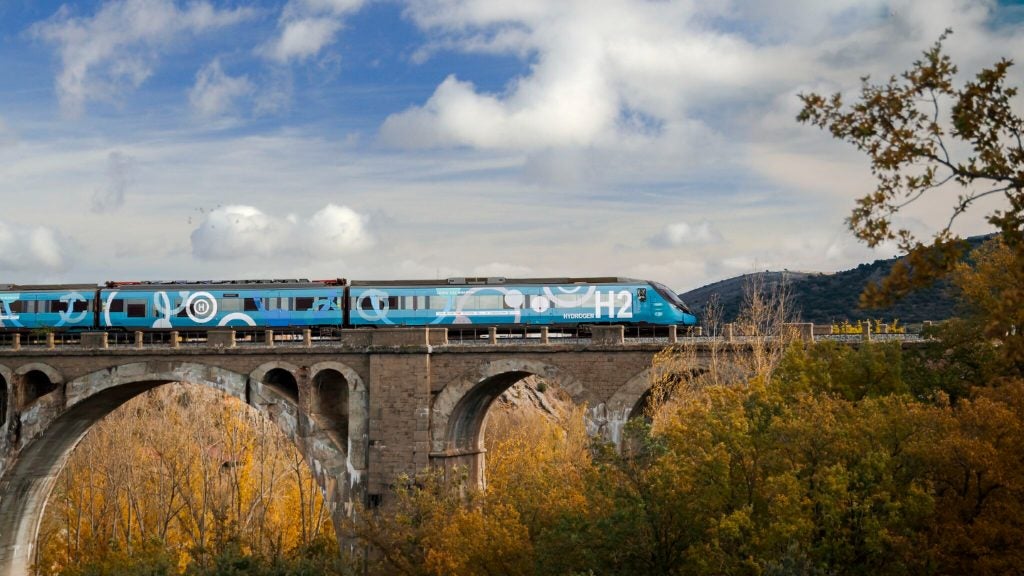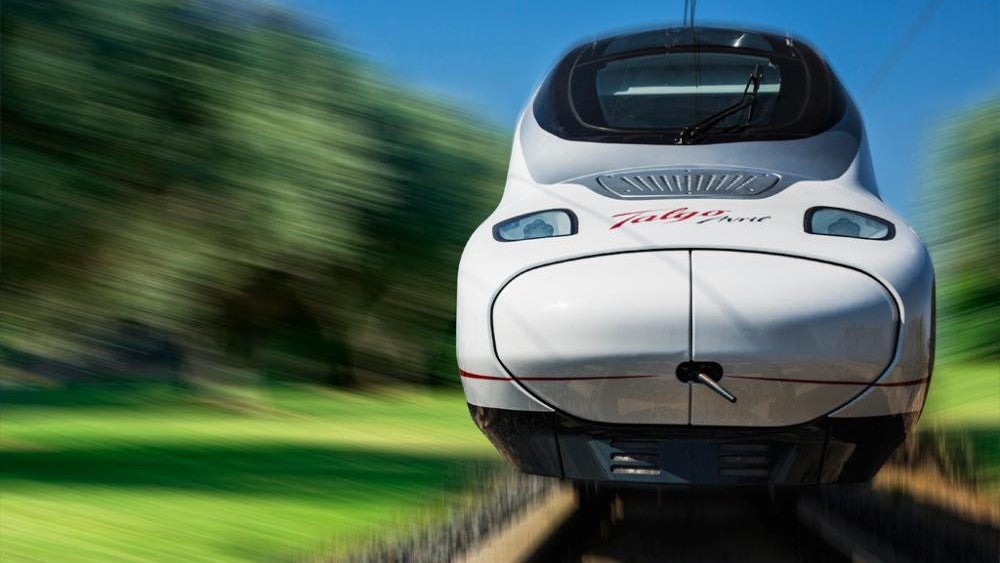

In 1978, Dr Kenneth Hill, a Canadian physicist, first demonstrated the Fiber Bragg grating (FBG), an optical sensor able to reflect narrow wavelengths of light. During the 1980s, the technology was further developed and applied to optical communication systems.
Fast forward some three decades later and the potential of FBG is still being fostered, carrying significant implications for the rail industry.
Following a seven-year-period of research and test runs, a suite of fibre optic sensors – running along a 36-km stretch of high-speed commuter railway between Hong Kong and mainland China – has proven to be invaluable in predicting accident-causing conditions on trains.
Detecting vibrations on trainlines
Based on FBG, the sensors are embedded along the tracks or within mechanical compartments of carriages. In the event of a defect, such as excessive vibrations, or the weight of the train becoming off-kilter, the reflection spectra is altered.
According to figures released by Hong Kong Polytechnic University, over the seven years, the system has detected 30 irregularities on the East Rail Line service; some of which highlighted dangerous, underlying conditions on trains.
See Also:
Six of the ten longest high-speed railway (HSR) lines in the world are located in China.
How well do you really know your competitors?
Access the most comprehensive Company Profiles on the market, powered by GlobalData. Save hours of research. Gain competitive edge.

Thank you!
Your download email will arrive shortly
Not ready to buy yet? Download a free sample
We are confident about the unique quality of our Company Profiles. However, we want you to make the most beneficial decision for your business, so we offer a free sample that you can download by submitting the below form
By GlobalDataHwayaw Tam, chair professor of photonics at Hong Kong Polytechnic University, is a leading participant in the project. In October, he gave a presentation on the test run and its findings at the Optical Society’s Annual Meeting, "Frontiers in Optics", held in Orlando, Florida.
"It’s an exciting time for this kind of technology," says Tam. "Not only is it perfect for enhancing safety on railway systems, but it is extremely energy and cost efficient [it purportedly saves the rail company in the region of $250,000 each year in maintenance costs alone]. It is roughly around a third of the price of other warning systems currently on the market."
As well as speed and temperature anomalies, excessive vibrations can commonly indicate faults on commuter trains and freight cars. Consequently, Hong Kong Polytechnic University has developed an algorithm, through which a vibration index is produced, enabling operators to monitor the frequency of vibrations.
"High-frequency vibration can imply problems on a train, not to mention affecting passenger comfort," explains Tam. "The index contains a rating of zero to five. If that number goes beyond three, then you know there is a fault. And if the vibrations persists, and keeps on increasing, then the train is taken out of service."
Measuring train weight
According to Tam, the university is also in the process of further updating the system so as to measure the real-time weight of trains in operation.
"Weight measurement is obviously really important," he says. "If an operator is able to know the weight of the axle – either on the right or left side – there is potential, using that information, to prevent derailment. It’s something we are really looking into at the moment."
Collating data
Given that 250 trains travel the East Rail Line service per day – 12-train cars consist of 48 axles in total – the fibre optic sensor technology also yields a considerable amount of data that needs to be collated.
"Every single day, we are taking a lot of data," says Tam. "We have a programme which integrates the shift in wavelength for each of the sensors. We are also able to calibrate this technology depending on the application."
The system is currently being installed on all commuter trains in Hong Kong, including its metro service, and has also caught the eye of foreign investors, with interest coming from Singapore and Australia.
"We’ve been in talks with Singapore over installing a monitoring system on its two oldest metro lines," says Tam. "We will start work on that early next year [2014]. There is also a possibility of work on the Sydney metro, which is set to expand by 23km to 36km. This will include the line’s first driverless train, which will need close monitoring."
Regarding the latter, Hong Kong Polytechnic University will learn whether its proposal has been accepted or not "by the middle of next year".
Mass investment
In the long term, however, the industry continues to undergo mass investment towards high-speed lines – with China leading the way. As a result, the need to safeguard commuter trains will become increasingly paramount.
If the recent study conducted on the East Rail Line is anything to go by, it’s likely that optical sensor technology could play an increasing role in ensuring that this requirement is met.





